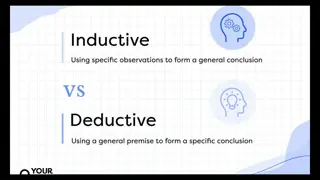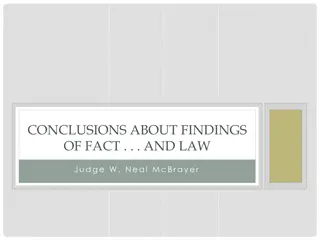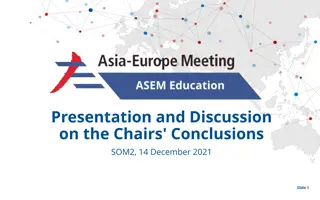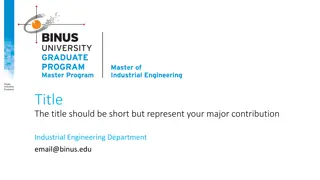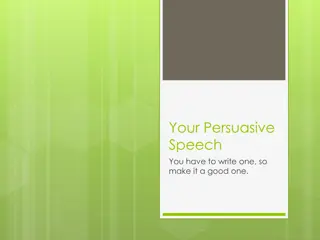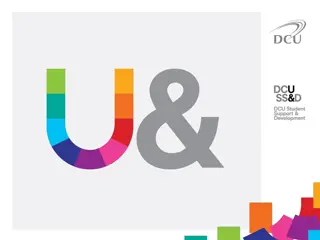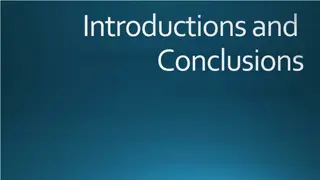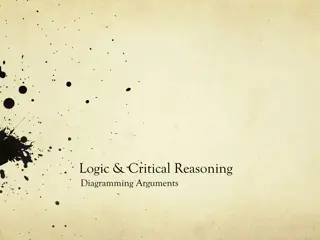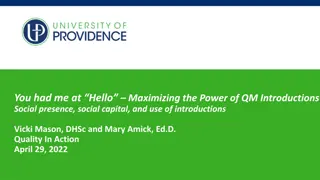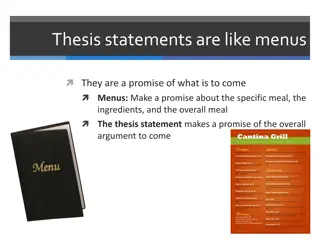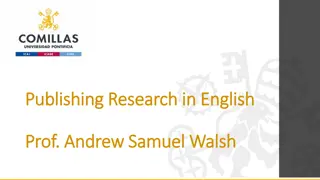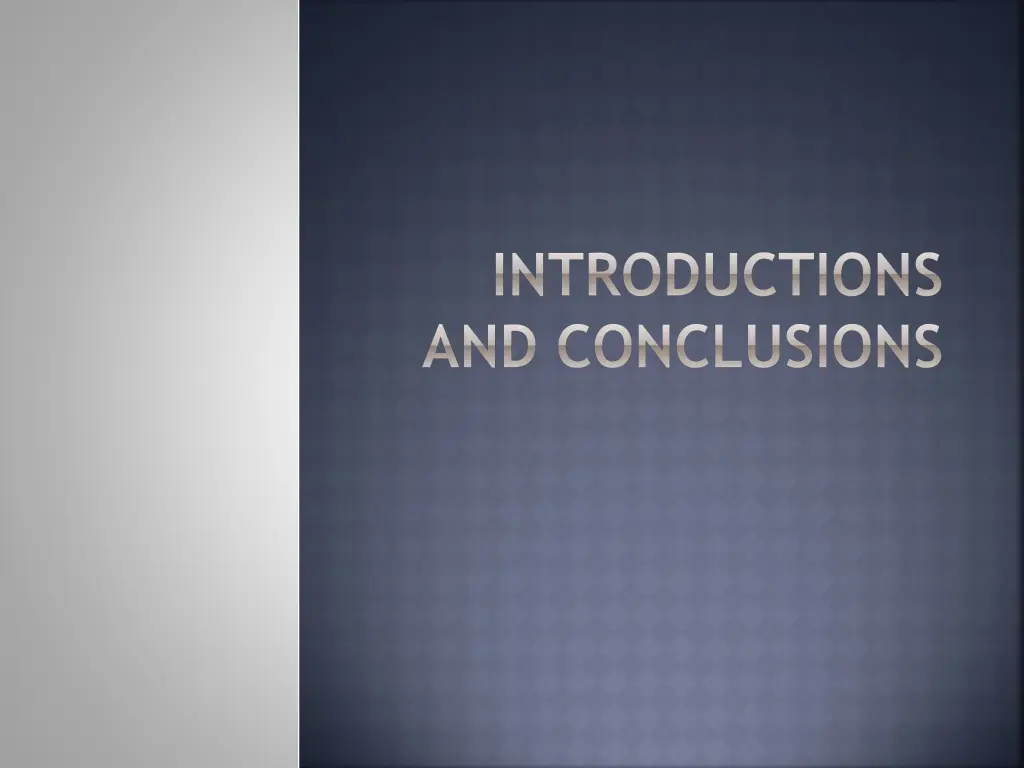
Crafting Engaging Introductions and Conclusions for Effective Speeches
Learn how to create captivating introductions by utilizing attention-getting techniques such as asking questions, making references, using startling statements, giving quotations, and telling stories. Discover the importance of the link that connects your attention getter to your thesis statement, ensuring a seamless transition and engaging presentation.
Download Presentation

Please find below an Image/Link to download the presentation.
The content on the website is provided AS IS for your information and personal use only. It may not be sold, licensed, or shared on other websites without obtaining consent from the author. If you encounter any issues during the download, it is possible that the publisher has removed the file from their server.
You are allowed to download the files provided on this website for personal or commercial use, subject to the condition that they are used lawfully. All files are the property of their respective owners.
The content on the website is provided AS IS for your information and personal use only. It may not be sold, licensed, or shared on other websites without obtaining consent from the author.
E N D
Presentation Transcript
INTRODUCTIONS AND CONCLUSIONS
INTRODUCTIONS I. Attention Getter A. Link B. Thesis II. Preview A. Main Heading I B. Main Heading II C. Main Heading III
INTRODUCTIONS You must grab the audience s attention. Must be appropriate for your topic. Attention Getters 1. Asking Questions 2. Making References 3. Making a Startling Statement 4. Giving a Quotation 5. Telling a Story
ASKING QUESTIONS Gets audience members directly involved. Makes them participants in your speech. Makes your audience curious. Usually best to use rhetorical questions.
MAKING REFERENCES Allows you to work with your audience. Can make references to: People in the audience Surroundings Significance of the Occasion Use good taste and common sense! Should get you a positive start, not put your speech in jeopardy.
MAKING A STARTLING STATEMENT Used to jolt your audience. Can be used to make your audience more interested in your topic. Can also use startling statistics or information. Do not use information that could be taken the wrong way or offend your audience.
GIVING A QUOTATION Repeating someone s exact words. Easy to find one that suits your speech. Should be clear and appropriate for your speech. Use authors that are reliable and trusted. Be sure to reference who you are quoting and tie it into your speech topic.
TELLING A STORY Narrative: The telling of a story. Illustrations and personal accounts can give you an in with the audience. Should be short and related to the topic. Should hold the interest of the audience and lead clearly into your topic.
THE LINK Serves two purposes: 1. Comes between the Attention Getter and the Thesis Statement and connects the two. 2. Builds a Bridge between the audience and the topic. Helps the audience see the connection between your attention getter and the topic. Helps to tie them to your topic.
THE THESIS STATEMENT Should clarify the overall goal of your speech. Should state your specific topic. Should clarify your angle or slant on the topic It s okay to say, This leads me to my thesis, which is
THE PREVIEW STATEMENT Usually one sentence at the end of the Introduction. Gives the audience an overview of the major areas that will be discussed. Let s the audience know what to listen for. Includes the Main Headings.
THE CONCLUSION I. Summary A. Restate Main Heading I B. Restate Main Heading 2 C. Restate Main Heading 3 II. Clincher
SUMMARY Reminds the audience of the Main Headings. It s quick, make your point and move on.
THE CLINCHER Helps you make a solid final impression. Ends your speech. Clinches your argument. Makes a memorable final impression A good idea is to tie it to your Attention Getter. Fit the mood of your speech. Make sense. Brings finality to your speech.


